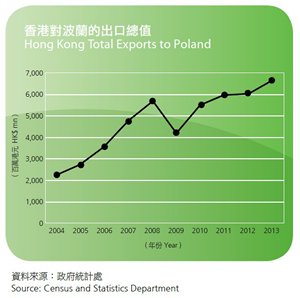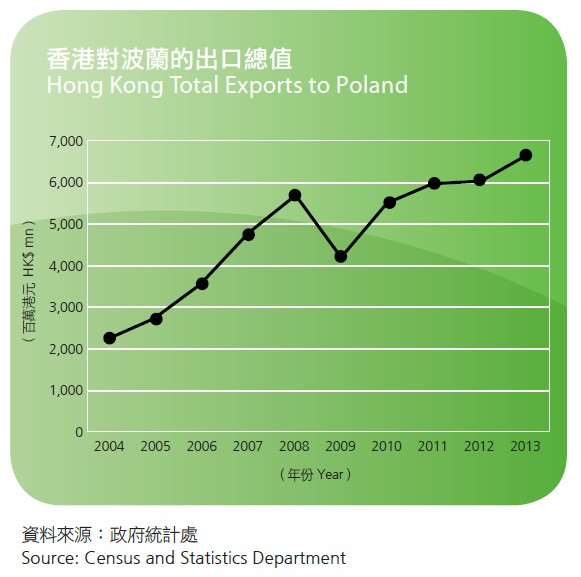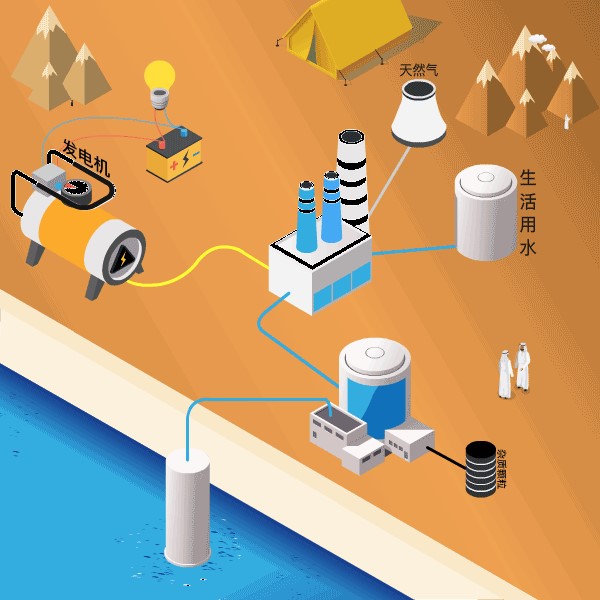Poland: Actively Integrated with EU for Stability
Highlights
| Political |
|
| Economic |
|
Country Overview
Poland is the largest country in Central Europe, in terms of both population and area. The accession to European Union (EU) in 2004 has further integrated its economy with Europe and the rest of the world. Helped by a relatively large domestic market, Poland was the only EU country to have avoided recession during the 2008 global financial crisis. Educated and competent human capital helps attract foreign direct investment (FDI) especially in the automotive, R&D, electronic and chemical sectors. Today Poland has joined the group of countries classified as high-income economies by the World Bank. However, its GDP per capita is at just about two-thirds of the EU average.
|
Key Information
|
|
| Capital | Warsaw |
| Population | 38.5 million |
| Area | 312,685 sq km |
| Currency | Polish zloty |
| Official language | Polish |
| Form of state | Parliamentary republic |
| Major Merchandise Exports (% of total, 2013) | Major Merchandise Imports (% of total, 2013) |
| Machinery & transport equipment (34.0%) | Machinery & transport equipment (30.9%) |
| Manufactured goods (19.2%) | Manufactured goods (16.7%) |
| Food & live animals (9.5%) | Chemicals & chemical products (13.4%) |
| Top three export countries (% of total, 2013) | Top three import countries (% of total, 2013) |
| Germany (24.9%) | Germany (26.0%) |
| UK (6.5%) | Russia (10.0%) |
| Czech Republic (6.1%) | Netherlands (5.7%) |
Source: Economist Intelligence Unit (www.eiu.com)
Political Trend
Poland is a parliamentary republic. Parliamentary elections are held at least every four years. After being selected as the next president of the European Council, Donald Tusk resigned from his position of Prime Minister in September, and was succeeded by Sejm speaker Ewa Kopacz.
Major challenge for Kopacz is to reconfigure the party and stitch together from various factions that often compete internally. Meanwhile, balancing the goal of public finance reforms and promoting economic growth remained the government’s priority.
In the wake of the Ukraine crisis, Poland has supported increased sanctions against Russia. Currently, Poland relies heavily on Russian natural gas – about 60% of gas demand has been secured by Russian deliveries. Although energy dependence on Russia is unlikely to be reduced in short term, moves to boost its defensive military capabilities have intensified. In early September, NATO agreed on the deployment of a 4,000-strong rapid reaction force to be based in Poland.
Economic Trend
| Economic Indicators | 2011 | 2012 | 2013 | 2014* | 2015^ |
| Nominal GDP (USD bn) | 514.9 | 489.9 | 517.7 | 541.6 | 539.0 |
| Real GDP growth (%) | 4.5 | 2.1 | 1.6 | 2.7 | 3.3 |
| GDP per capita (USD) | 13,370* | 12,720* | 13,440* | 14,070 | 14,040 |
| Inflation (%) | 3.9 | 3.7 | 0.8 | 0.2 | 1.2 |
| Budget balance (% of GDP) | -5.0 | -3.9 | -4.0 | -3.6 | -3.0 |
| Current account balance (% of GDP) | -5.3 | -3.6 | -1.4 | -1.2 | -1.9 |
| External debt/GDP (%) | 62.3* | 74.6* | 73.0* | 73.1 | 71.7 |
* Estimates ^ Forecast
Source: Economist Intelligence Unit (www.eiu.com)
In Q2 2014, real GDP grew by 3.3% year-on-year, helped by supportive economic policies and improving conditions in main trading partners. However, the relatively swift pace of expansion observed in the first half of the year appears unlikely to be sustained in the second half. The fragile recovery of the euro area, the dampening effect the Ukraine crisis is having on regional activity, as well as the EU-Russia sanctions are all likely to have negative effect on growth in the second half.
In September, annual inflation rate remained negative for three consecutive months, mostly driven by falling food prices as Russian ban on food imports from the EU has created a domestic surplus in Poland. In an attempt to boost the economy and fight off the threat of persistent deflation, Poland’s central bank cut its benchmark interest rate by 0.5% to a record low of 2% in October.
Following Russia’s annexation of territory in Poland's neighbor Ukraine in March, the country’s political leaders had shown greater appetite on the accession to the euro, seeing it as an additional form of security because it would lock the country firmly into Europe's core. In June, Poland’s president, finance minister and central bank governor agreed that the issue of euro entry should be discussed after the general election next year.

Hong Kong – Polish Trade
Poland was the 36th largest export market for Hong Kong in 2013, with exports value accounting for 0.2% of Hong Kong’s total exports. Total exports from Hong Kong to Poland increased by 9.8% from HK$ 5,996 million in 2012 to HK$ 6,585 million in 2013. The top three export categories to Poland were: (1) electrical machinery, apparatus & appliances, & parts (+9.7%), (2) telecommunications, audio & video equipment (+41.9%), and (3) office machines & computers (+70.7%), which represented 64.4% of total exports to Poland.
ECIC Underwriting Experience
The ECIC imposes no restriction on covering Polish buyers. Currently, the insured buyers in Poland range from small and medium sized companies to manufacturing arms of foreign companies. For 2013, the number and amount of credit limit applications on Poland reduced by 6.9% and increased by 32.2% respectively, while insured business decreased by 11.2%. Major insured products were electronics (+78.7%), toys (+8.3%) and clothing (+43.0%), which represented 52.9% of ECIC’s insured business in Poland. The Corporation's underwriting experience on Poland has been satisfactory, with only one claim payment made from October 2013 to September 2014, involving clothing.





